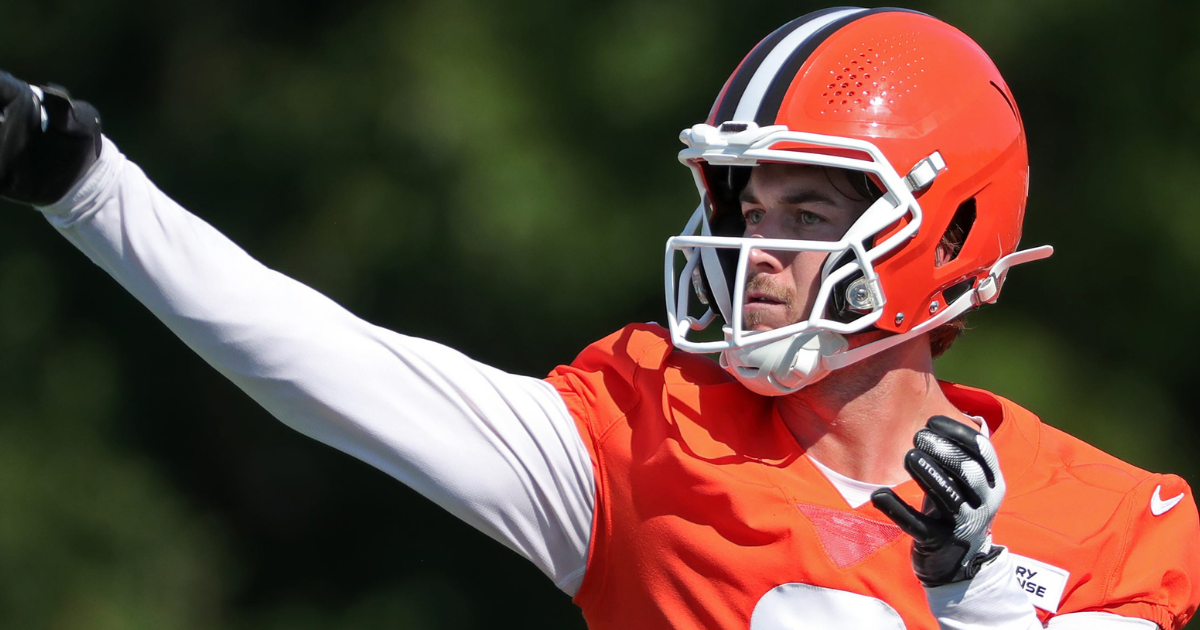President Volodymyr Zelensky emerged upbeat, but repeated that Ukraine will not cede land to Russia. There were few tangible signs of progress toward a peace deal.

Published Aug. 18, 2025Updated Aug. 19, 2025, 12:14 a.m. ET
President Volodymyr Zelensky of Ukraine, visiting the White House on Monday with an extraordinary delegation of European leaders, used a genial meeting with President Trump to defend his nation’s interests as Mr. Trump presses for a quick peace agreement with Russia.
Mr. Trump and Mr. Zelensky huddled for several hours with the group of European leaders, who had rushed to Washington to support the Ukrainian president and emerged from the day in a publicly upbeat mood. Much of the discussion centered on how to put in place security guarantees for Ukraine in an end to the war, while Mr. Trump pushed for a trilateral meeting with Mr. Zelensky and President Vladimir V. Putin of Russia.
But there were few tangible signs of progress made public, or specific details worked out — and any movement toward an end to the war would require follow-through from Mr. Trump, sweeping concessions from Mr. Zelensky and a willingness to stop attacking Ukraine from Mr. Putin. Two European leaders — Chancellor Friedrich Merz of Germany and President Emmanuel Macron of France — pointedly said while reporters were in the room as the meeting started that moving forward would require a cease-fire, something Mr. Putin did not want.
After the meetings, Mr. Trump called Mr. Putin, with whom he met in Alaska on Friday, while Mr. Zelensky and the other European leaders were still at the White House, two people briefed on the call said. The Europeans rejoined Mr. Trump in the Oval Office after the call was finished, according to a White House official who spoke anonymously because the person was not authorized to discuss the meeting publicly.
The European leaders were expected to stay for dinner, but abruptly dispersed shortly before 7 p.m. Eastern time.
Yuri Ushakov, Mr. Putin’s foreign policy aide, said the Russian president and Mr. Trump had spoken for 40 minutes and agreed that more senior negotiators would be appointed for direct talks between Russia and Ukraine. Mr. Ushakov, in his comments to Rossiya 24, a state-run news channel, made no mention about whether Mr. Putin himself would participate.
Mr. Trump said that he had initiated steps for a meeting between Mr. Zelensky and Mr. Putin, at a site to be determined, and that it would be followed by a trilateral meeting that he would attend.
Mr. Zelensky said at a news conference on Monday night that the discussion on security guarantees included plans for Ukraine to purchase $90 billion in American weapons through Europe and that the United States would buy drones from Ukraine. He said that a formal agreement still had to be made.
The Ukrainian leader, wearing a black suit instead of his usual military attire, arrived at the White House around 1 p.m. Eastern time, greeted warmly by Mr. Trump at the entrance of the West Wing. Inside the Oval Office, the two presidents showed few signs of their once-frayed relationship; after being berated as insufficiently grateful during a tense meeting in February during which he argued for more support, Mr. Zelensky repeatedly thanked Mr. Trump during public remarks.
But a long road toward peace remains. And Mr. Zelensky, now three and a half years into a war instigated by Russia, was expected to soon confront a difficult choice: surrender territory in exchange for vague promises for Ukraine’s future security, or hold his ground and risk reigniting Mr. Trump’s anger.
The public exchanges were a striking departure from the tone of Mr. Zelensky’s previous visit to the White House in February, when Mr. Trump and Vice President JD Vance berated him in the Oval Office on live television. Mr. Vance said nothing this time, as Mr. Zelensky absorbed jokes about his suit and handed Mr. Trump a letter his wife had written to the first lady, Melania Trump.
On Monday, Mr. Trump, a skeptic of multilateral alliances and deeply desiring of a Nobel Peace Prize, was not specific about what security guarantees for Ukraine would look like, although he said the U.S. would help in some way, and he did not rule out involving American troops.
While Mr. Zelensky said he was ready for a trilateral meeting with Mr. Putin, he has steadfastly rejected ceding land to Russia. But as Mr. Trump has aligned more closely with Russia after his warm meeting with Mr. Putin, Mr. Zelensky faces increased pressure to convince the United States that Ukraine should get a better deal.
In a sign of the alarm among allies, European leaders — including Keir Starmer of Britain, Giorgia Meloni of Italy and Alexander Stubb of Finland — had rushed to join Monday’s meetings in an effort to show solidarity with Ukraine and “to defend the interests of the Europeans,” according to Mr. Macron.
After the meetings, Mr. Macron expressed skepticism that Mr. Putin would be willing to negotiate. “I am not convinced that President Putin also wants peace,” he said at a news conference. “His ultimate goal is to gain as much territory as he can, to weaken Ukraine.”
Here’s what else to know:
Maggie Haberman is a White House correspondent for The Times, reporting on President Trump.
David E. Sanger covers the Trump administration and a range of national security issues. He has been a Times journalist for more than four decades and has written four books on foreign policy and national security challenges.
Jim Tankersley is the Berlin bureau chief for The Times, leading coverage of Germany, Austria and Switzerland.
.png)
 German (DE)
German (DE)  English (US)
English (US)  Spanish (ES)
Spanish (ES)  French (FR)
French (FR)  Hindi (IN)
Hindi (IN)  Italian (IT)
Italian (IT)  Russian (RU)
Russian (RU)  4 hours ago
2
4 hours ago
2









Comments